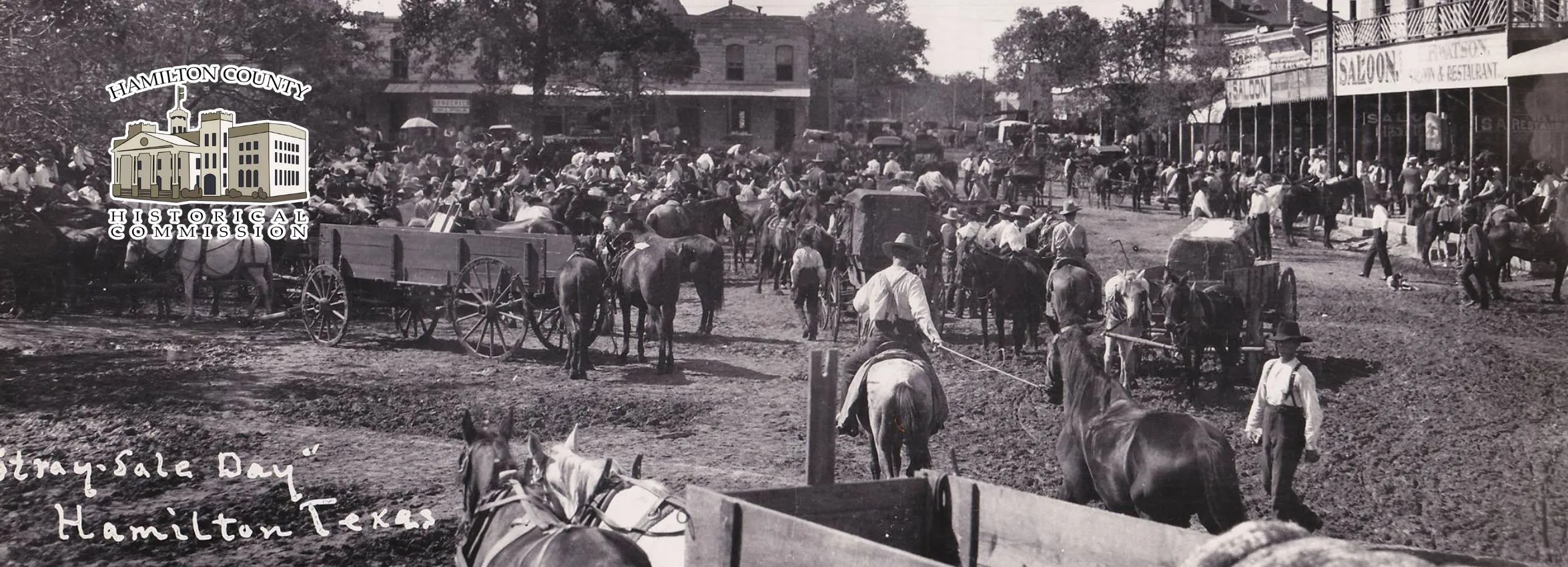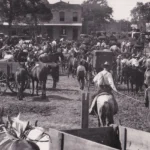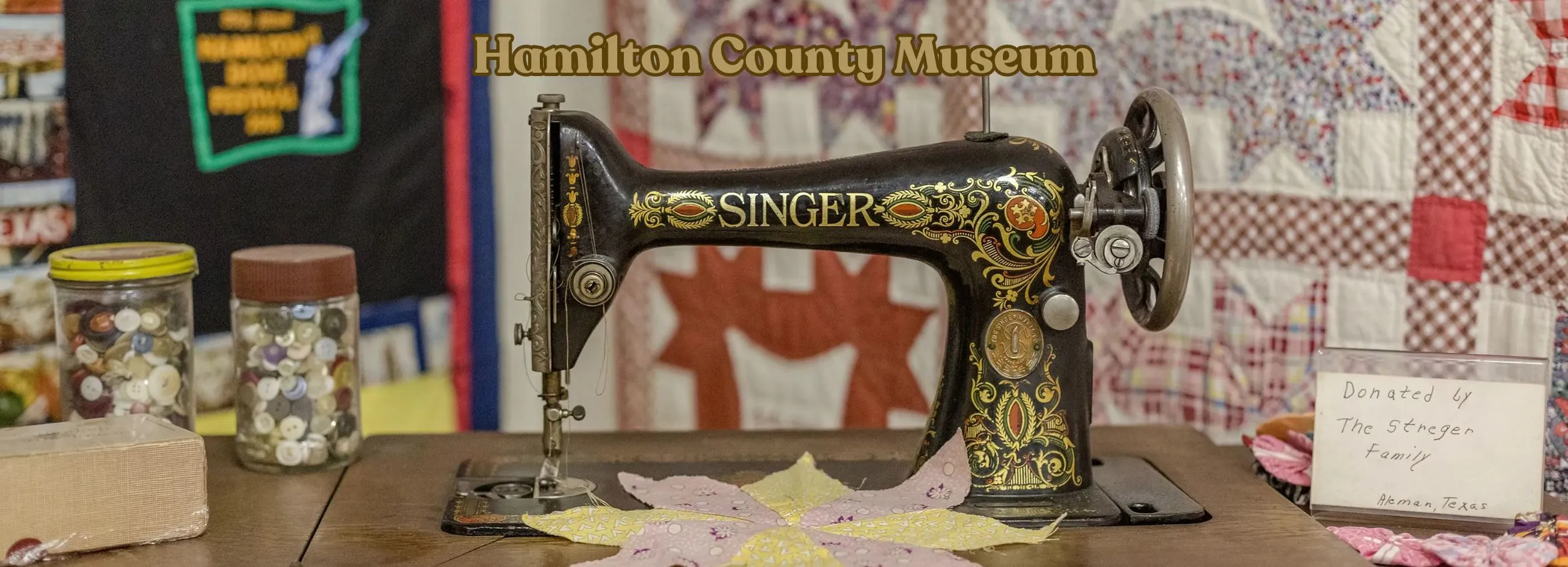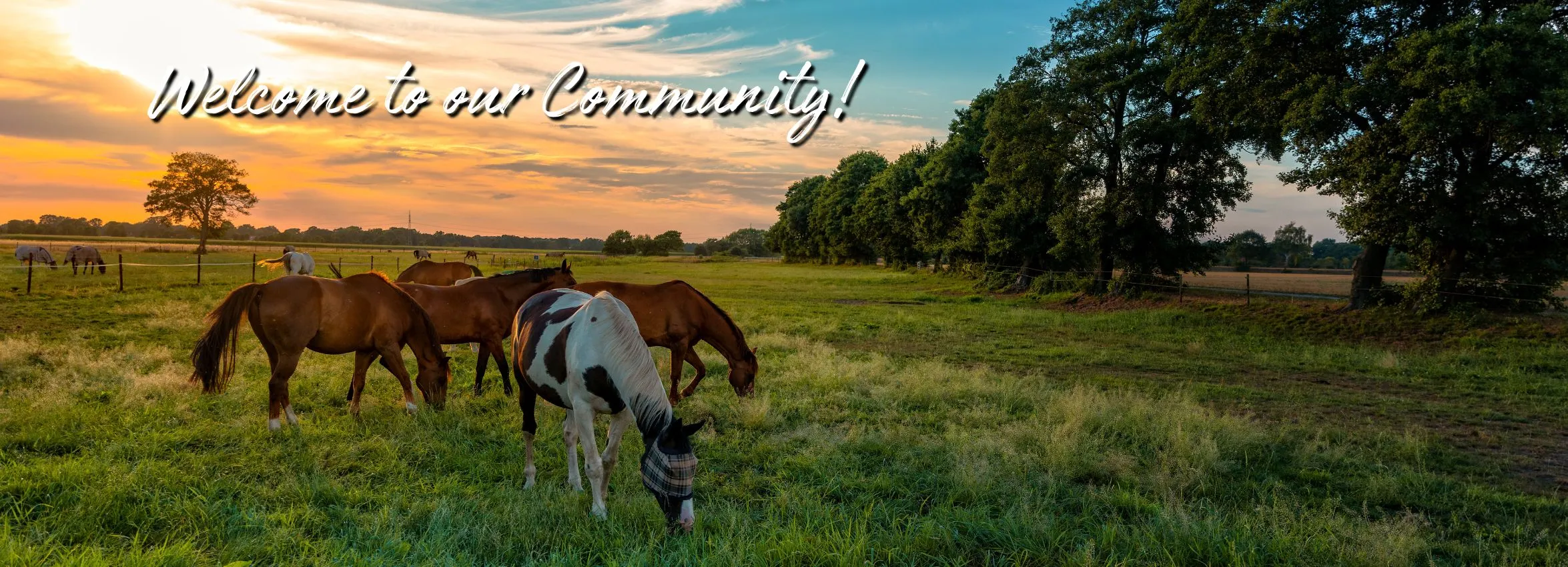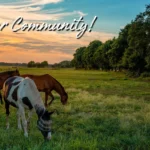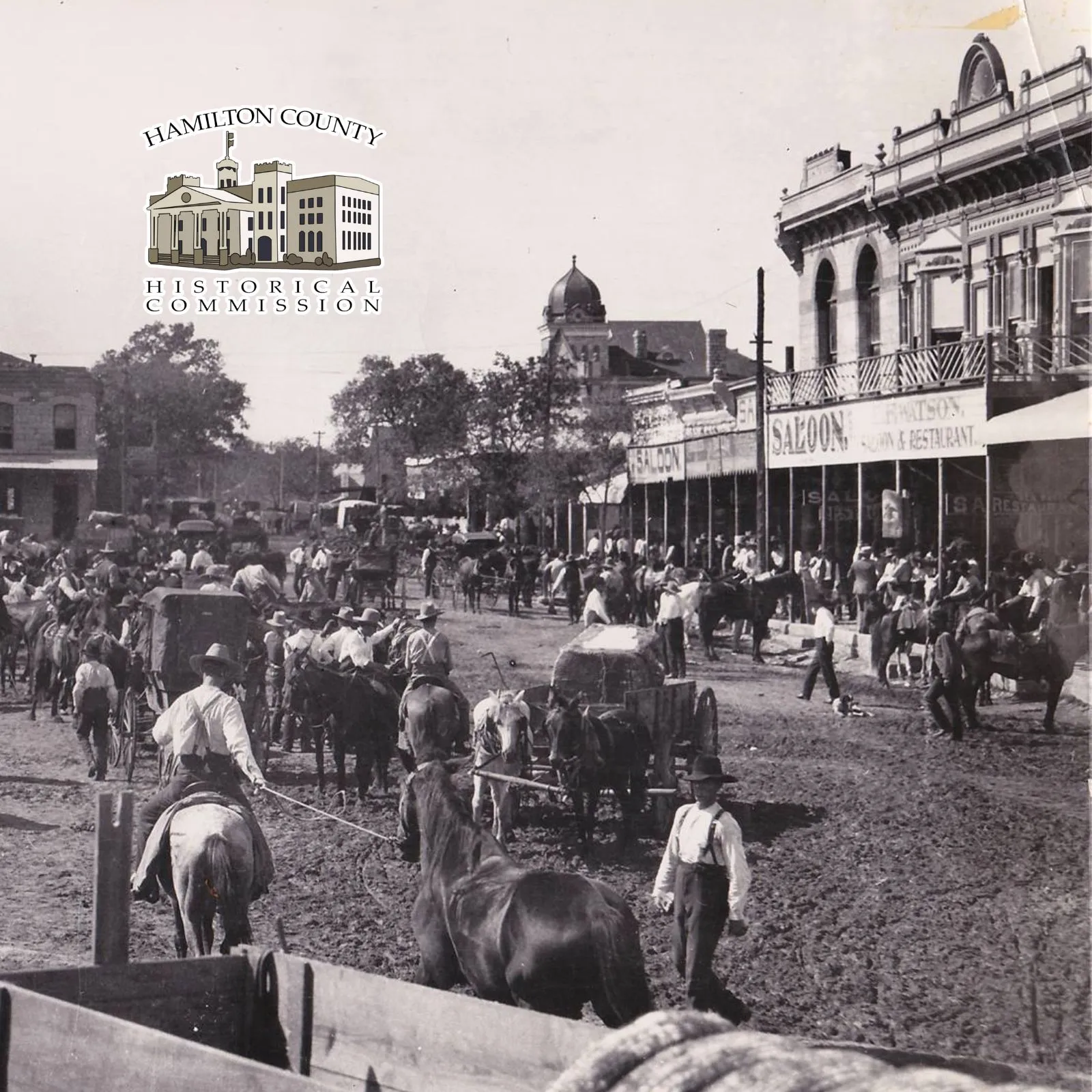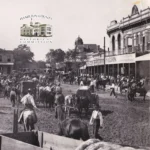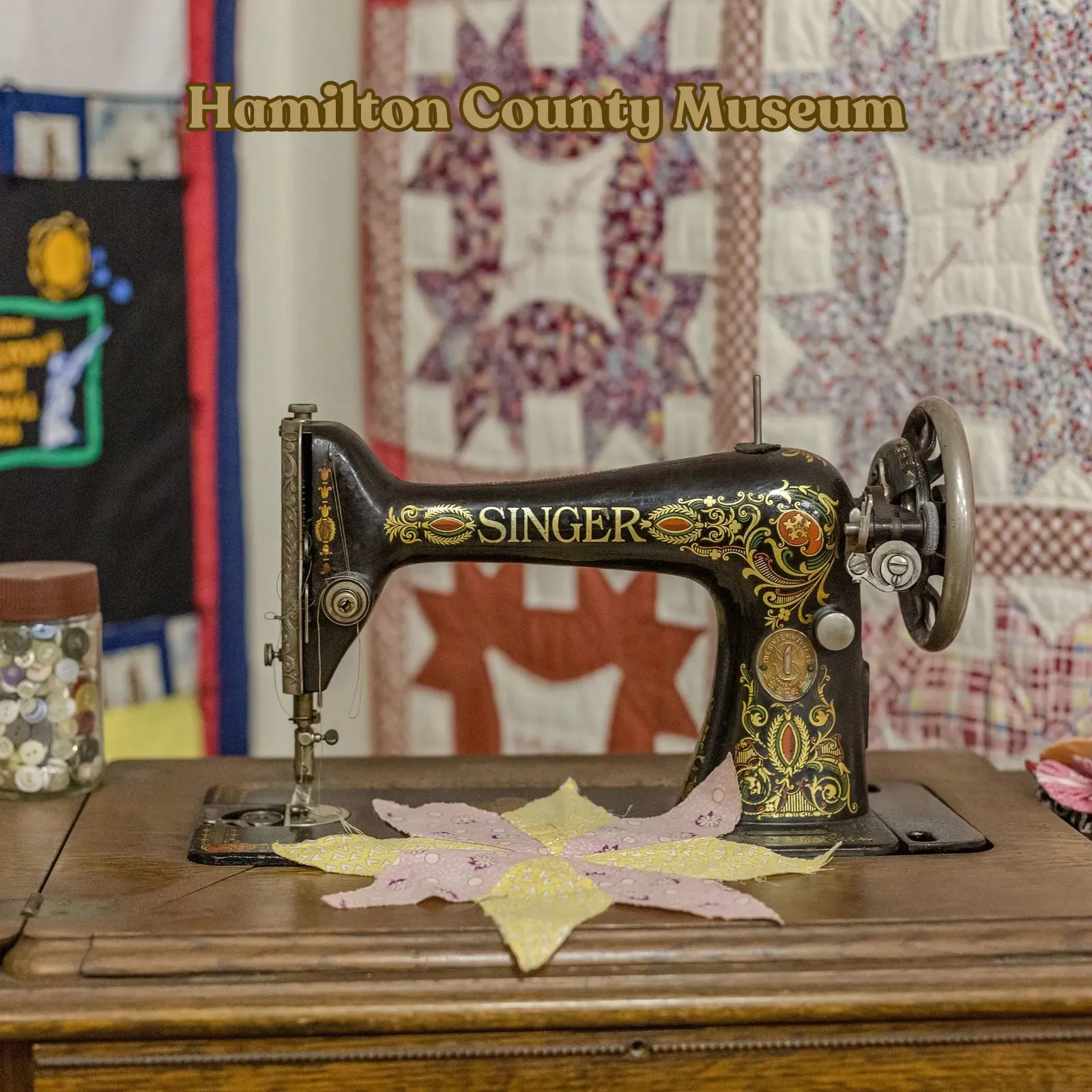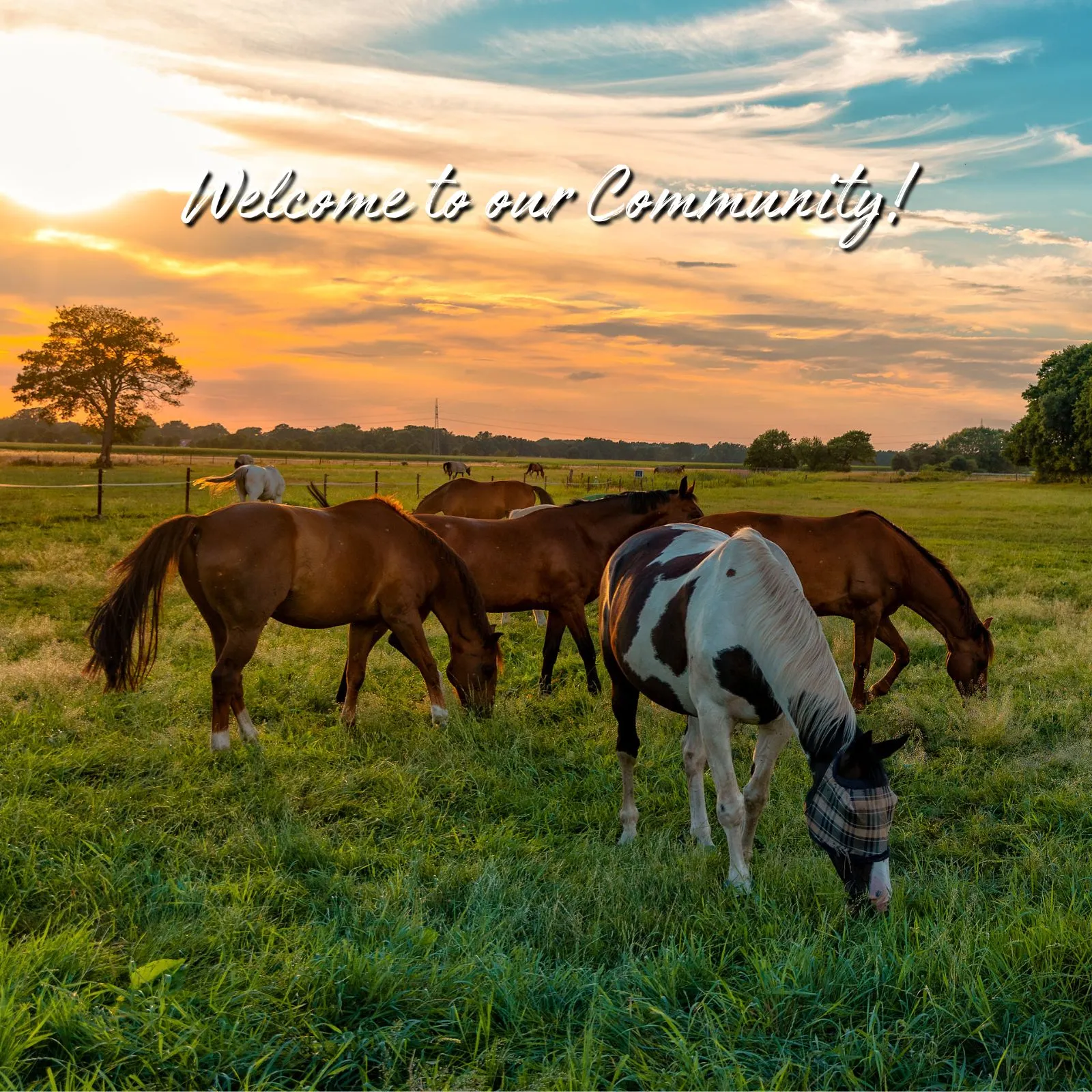History of Hamilton, Texas: A Glimpse into the Past
Hamilton, Texas, located in the heart of the state, is a charming small town steeped in history. From its early settlement days to its role in shaping Texas culture, Hamilton offers a rich narrative that reflects the resilience and spirit of its community. This article takes a deep dive into the history of Hamilton, Texas, exploring its founding, growth, and contributions to the region.
Early Beginnings: The Land Before Settlement
Before European settlers arrived, the area now known as Hamilton was home to various Indigenous tribes. These groups, including the Comanche and Tonkawa, thrived in the region, utilizing its fertile land and abundant wildlife.
The Appeal of the Land
- Geography: Rolling hills, open plains, and water sources made it an ideal location for hunting and agriculture.
- Cultural Significance: The region served as a meeting and trading ground for Indigenous peoples.
The Founding of Hamilton
The first European settlers arrived in the mid-1800s, drawn by the promise of fertile land and a fresh start. Hamilton County was officially established in 1858, named in honor of General James Hamilton, a South Carolinian who supported the Republic of Texas.
Key Events
- 1858: Hamilton County was formed, with its seat located in the newly established town of Hamilton.
- Early Economy: Farming and ranching were the primary industries, with settlers growing cotton, corn, and raising cattle.
Growth Through the 19th Century
Hamilton grew steadily during the late 19th century as more settlers arrived. The town became a hub for trade and commerce in the region, benefiting from its central location and access to natural resources.
Infrastructure Development
- Railroads: The arrival of the railroad in the late 1800s helped connect Hamilton to larger markets, boosting its economy.
- Public Buildings: The construction of schools, churches, and a courthouse signified Hamilton’s transformation into a thriving community.
Challenges
- Conflict with Indigenous Tribes: The expansion of settlement led to tensions and conflicts with Native American tribes, a common issue during Texas’s frontier days.
- Natural Disasters: Periodic droughts and harsh weather posed challenges for early settlers.
The Role of Hamilton in Texas History
Hamilton played a significant role in Texas’s development, contributing to the state’s agricultural and ranching industries. Its location made it an important stop for cattle drives and trade routes.
Cattle Drives
- Hamilton was a waypoint for cowboys driving cattle along historic trails, contributing to its economy and culture.
Agriculture
- The fertile land around Hamilton supported the growth of cotton and other crops, making it a vital agricultural center in the late 19th and early 20th centuries.
Hamilton During the Early 20th Century
The early 1900s saw Hamilton continue to grow, with advancements in technology and infrastructure shaping the town’s development.
Economic Diversification
- New businesses, including mills, banks, and general stores, provided services to the growing population.
- The introduction of automobiles and improved roads further connected Hamilton to surrounding areas.
Community Life
- Schools and churches became the center of social life, fostering a strong sense of community.
- Annual events and gatherings began to take root, many of which are celebrated to this day.
Hamilton in the Mid-20th Century
World War II brought significant changes to Hamilton, as it did for many small towns across the United States. Many young men from the area served in the armed forces, and the town contributed to the war effort through agriculture and resource production.
Post-War Growth
- Returning veterans spurred growth in housing and businesses.
- Technological advancements improved farming efficiency, solidifying Hamilton’s role as an agricultural hub.
The Modern Era: Preserving History and Embracing Growth
Today, Hamilton balances its rich history with modern development. The town remains a center for agriculture while also embracing tourism and small business growth.
Preservation Efforts
- Historical landmarks, including the Hamilton County Courthouse, are preserved as a testament to the town’s heritage.
- Local museums and historical societies work to educate residents and visitors about Hamilton’s past.
Modern Amenities
- New businesses, restaurants, and cultural events contribute to Hamilton’s vibrant community life.
- Tourism plays a growing role, with visitors drawn to the town’s historical charm and scenic beauty.
Cultural and Historical Landmarks
Hamilton is home to several notable landmarks that offer insight into its history.
Hamilton County Courthouse
- Built in 1887, the courthouse is an architectural gem and a symbol of the town’s enduring legacy.
Hamilton County Historical Museum
- Located in a restored home, the museum features artifacts and exhibits that tell the story of Hamilton and its residents.
Civic Events
- Events like the Hamilton County Dove Festival celebrate the town’s traditions and community spirit.
Hamilton’s Impact on Texas
Hamilton’s contributions to Texas extend beyond its borders. Its agricultural production, cultural traditions, and role in Texas history have left an indelible mark on the state.
Economic Contributions
- From cattle drives to cotton farming, Hamilton’s industries helped shape Texas’s economy.
Cultural Legacy
- Hamilton embodies the spirit of small-town Texas, preserving traditions while adapting to change.
Conclusion: The Heart of Hamilton
Hamilton, Texas, is more than just a town—it’s a living piece of Texas history. From its roots as a frontier settlement to its current status as a vibrant community, Hamilton’s story is one of resilience, growth, and pride. Whether you’re exploring its historical landmarks, attending local events, or simply enjoying its scenic beauty, Hamilton offers a glimpse into the heart of Texas. It’s a place where the past is honored, the present is celebrated, and the future is embraced.
Plan a visit to Hamilton and discover the charm, history, and community spirit that make this town a true Texas treasure.
